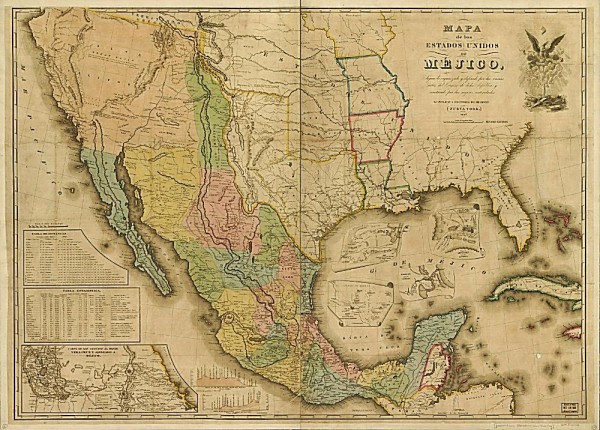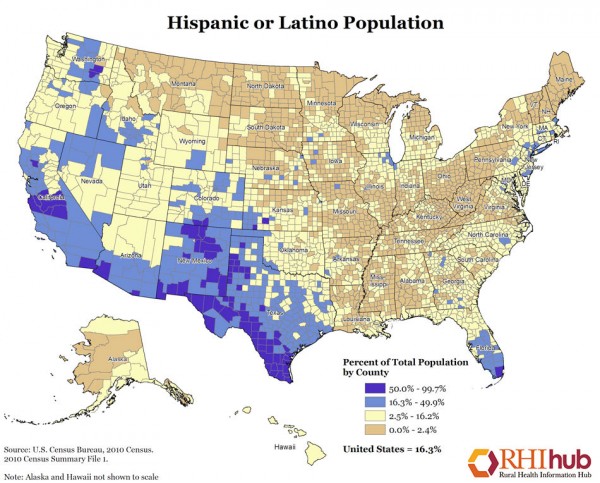AG Sessions says he hasn't read DOJ's report on Chicago PD. He read summaries and found them "anecdotal" & "not so scientifically based."
— Paula Reid (@PaulaReidCBS) February 27, 2017
& "not fitting with my racist agenda." https://t.co/2tnRBIu0PX
— Schooley (@Rschooley) February 28, 2017
.
The Depraved Leprechaun, busy with the tasks Lord Smallgloves hired him for…
NEW: AG Sessions: US Justice Dept. to "pull back" on suing police depts. over violating civil rights of minorities. https://t.co/NSFdGGSa5K
— NBC Nightly News (@NBCNightlyNews) February 28, 2017
Sessions draws a straight line from the Obama administration's relationship with law enforcement to police dying in the line of duty pic.twitter.com/dPJLjD5DM8
— Jonathan Easley (@JonEasley) February 28, 2017
And he’s gonna use the Nixon Administration’s favorite shortcut to guarantee a full supply of “dangerous repeat offenders”…
“Good people don’t smoke marijuana.”
Jeff Sessions is upping his attacks on legal marijuana: https://t.co/L4CyrIOge1 pic.twitter.com/2mimjVE2oh
— Vocativ (@vocativ) February 28, 2017
Attorney-General Jefferson Beauregard Sessions Can Do Many Dirty Jobs At OncePost + Comments (189)



